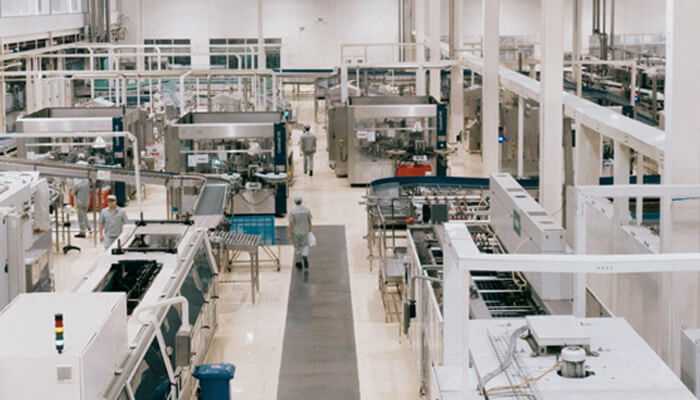Running a factory without real-time data is kind of like driving with your eyes closed. Sure, you might get where you’re going—but it probably won’t be pretty. The good news? You don’t need to be a tech genius to get real-time info from your machines and systems. You just need manufacturing data integration—a fancy way of saying “connect all your systems so they work together.” In this article, we’ll break down what that means, how it helps, and how you can start using real-time factory insights to make your factory faster, smarter, and way more efficient.
Why Real-Time Data Is So Important
Let’s say one of your machines starts acting up. Maybe it’s running slow or making more scrap than usual. If you don’t find out until hours (or days) later, you’ve already lost time, money, and possibly a ton of materials.
But if you had real-time data? You’d spot the issue right away—and fix it before it turns into a bigger problem.
That’s the power of real-time factory insights. You don’t have to guess what’s going on. You know.
What Is Manufacturing Data Integration, Anyway?
Here’s the simple version:
1. Your machines, systems, and tools (like ERP or MES software) are always collecting data.
2. But if they don’t “talk” to each other, that data is stuck in separate places—kind of like having a team where no one shares notes.
3. Data integration is what connects everything, so all your tools and machines work together and send updates to one main dashboard, live.
Now you’ve got a full view of what’s happening in your factory—in real time.
How to Set It Up (Without Getting Overwhelmed)
Good news: You don’t need to throw out your current tools or buy a spaceship computer. You can get started step by step.

Step 1: Use What You’ve Got
You’re probably already using systems like ERP (for planning) or MES (for managing the shop floor). Start by connecting those so they share info.
Step 2: Connect Your Machines
If your machines aren’t connected to the internet, you can add sensors to them (kind of like putting fitness trackers on your equipment). That way, you can see how they’re running—all the time.
Step 3: Pick a Smart Platform
There are tools made just for this—like Tulip, Kepware, or ThingWorx. They help pull all your data together and show you real-time dashboards, alerts, and helpful insights.
Step 4: Put Your Data to Work
Now the fun part! Once everything’s connected, you can:
a. Track performance
b. Spot problems before they grow
c. Plan smarter
What This Looks Like in Real Life
Here are a few examples to paint the picture:
1. A production line starts slowing down. You get a ping: “Hey, something’s off.” Turns out a belt needs replacing—so you fix it before it breaks.
2. You notice your scrap rate (wasted materials) is going up. You catch it within the hour, not at the end of the day.
3. Changeovers between products are taking longer than usual. Now you know—and you can tweak the process.
This is the kind of insight that makes teams faster, smarter, and way less stressed.
What You Get Out of It (a Lot, Actually)
When your factory runs on real-time data, things just… work better. Here’s what you can expect:
1. Fewer breakdowns – Stop problems before they start
2. More productivity – Your team gets more done with less waste
3. Faster reactions – No more waiting hours to realize something’s wrong
4. Better planning – Know what to fix, what to upgrade, and what’s running great
Companies using this approach have seen up to:
1. 30% less unplanned downtime
2. 20% more output from the same equipment
3. Higher quality products with fewer errors
Final Thoughts: See More, Stress Less
Modern manufacturing isn’t just about machines—it’s about knowing what your machines are doing.
When you connect all your systems and use real-time data, you don’t have to play the guessing game. You know what’s happening, where it’s happening, and what to do about it. That means fewer surprises, better decisions, and a smoother operation overall.



